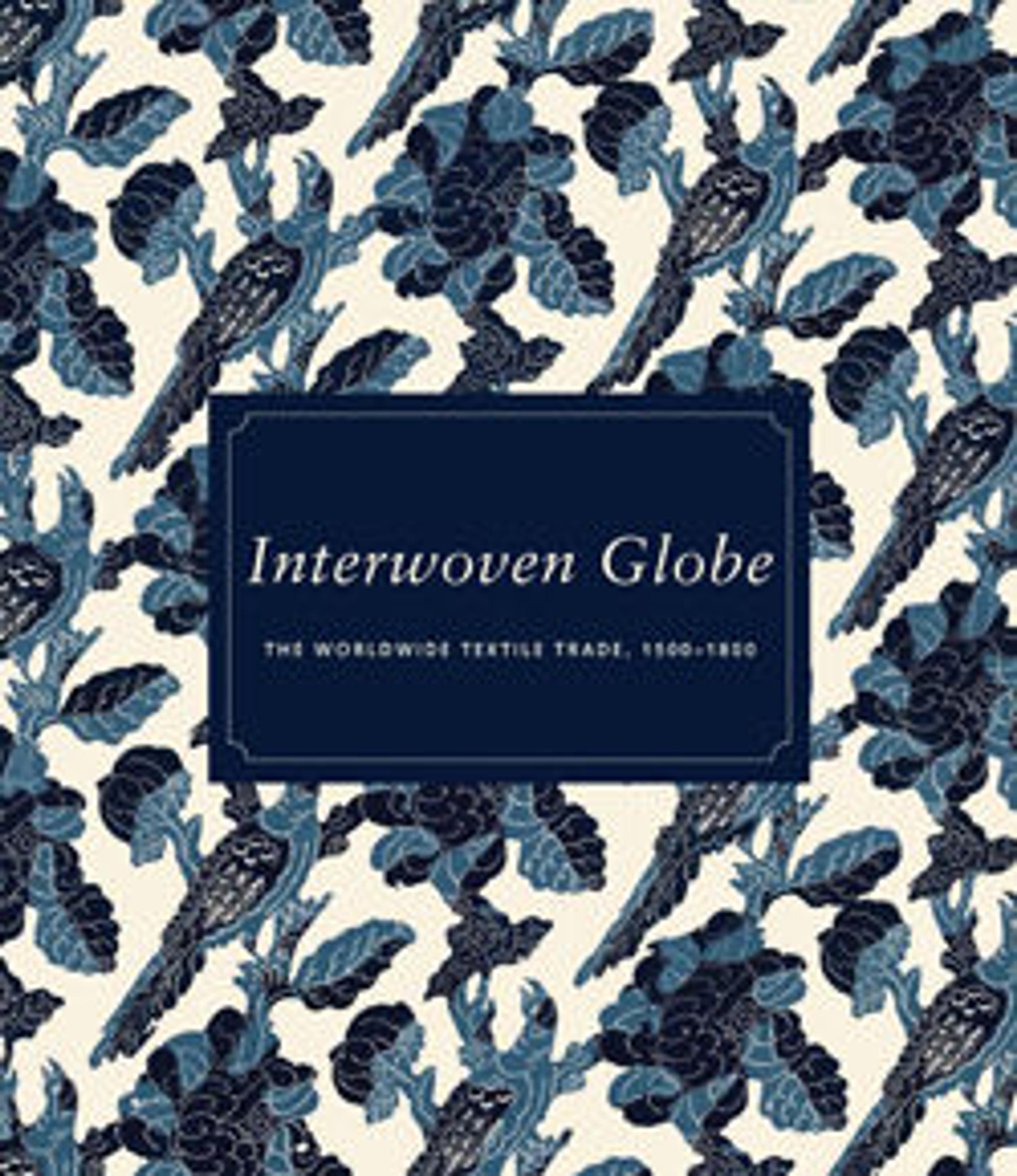Traite des Nègres (The Slave Trade)
Frederic Feldtrappe produced this textile in the early nineteenth century during a moment of intense debate in France over the viability and morality of the slave trade. Of the four narrative scenes, two reference earlier paintings by English artist George Moreland and contrast the brutality of European slave traders with the kindness of Africans who minister to a shipwrecked European family. The other two scenes, based on engravings by Frenchman Nicolas Colibert, juxtapose a happy African family with the appearance of European traders in Africa. Their cache of trade goods (including textiles) ominously foreshadows the horrors of the traffic in human beings.
Artwork Details
- Title:Traite des Nègres (The Slave Trade)
- Designer:Designed by Frédéric Etienne Joseph Feldtrappe (1786–1849)
- Artist:After a painting by George Morland (British, London 1763–1804 London)
- Engraver:After an engraving by John Raphael Smith (British, baptized Derby 1751–1812 Doncaster) after G. Morland, published in London in 1791
- Date:early 19th century
- Culture:French, Alsace
- Medium:Cotton, roller printed
- Dimensions:Overall: 101 × 33 in. (256.5 × 83.8 cm)
- Classification:Textiles-Printed
- Credit Line:Rogers Fund, 1926
- Object Number:26.189.2
- Curatorial Department: European Sculpture and Decorative Arts
More Artwork
Research Resources
The Met provides unparalleled resources for research and welcomes an international community of students and scholars. The Met's Open Access API is where creators and researchers can connect to the The Met collection. Open Access data and public domain images are available for unrestricted commercial and noncommercial use without permission or fee.
To request images under copyright and other restrictions, please use this Image Request form.
Feedback
We continue to research and examine historical and cultural context for objects in The Met collection. If you have comments or questions about this object record, please contact us using the form below. The Museum looks forward to receiving your comments.
